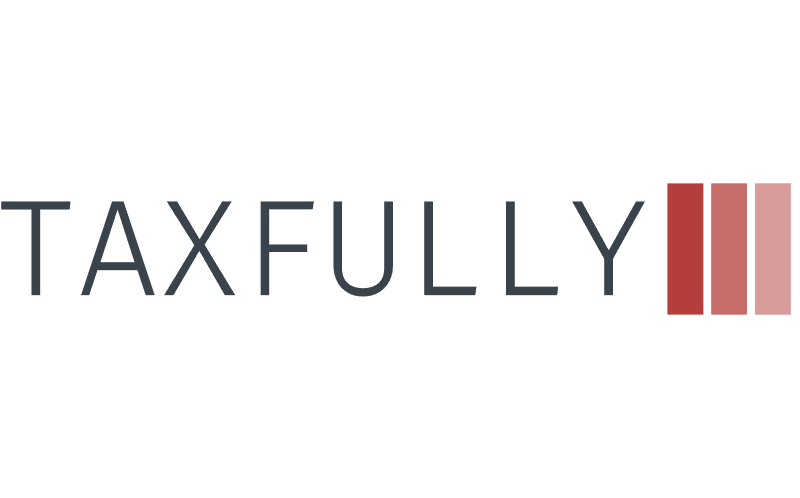Can you contribute to both a Roth IRA and a 401(k) in the same year?
Absolutely! Individuals can contribute to both a Roth IRA and a 401(k) plan in the same year, allowing them to benefit from the unique advantages of each account.
Contribution Limits for Roth IRA and 401(k):
For 2023, the maximum allowable contribution for a Roth IRA is $6,000 ($7,000 if you are 50 or older). Meanwhile, for a 401(k) plan, the limit is set at $20,500, with an additional $6,500 as catch-up contribution if you’re 50 or older. It’s crucial to note that contributions to a Roth IRA do not affect 401(k) limits and vice versa. They operate independently of each other.
Tax Considerations:
Roth IRA: Contributions are made with after-tax dollars. This means that while you won’t get a tax break when you contribute, your qualified withdrawals during retirement are tax-free.
401(k): Contributions are typically pre-tax, reducing your taxable income for the year. However, withdrawals in retirement are taxed at your ordinary income rate. Some 401(k) plans also offer Roth options, which mirror the tax treatment of a Roth IRA.
When contributing to both, it’s wise to consult with a tax professional to ensure an optimized strategy tailored to your financial situation.
Benefits of Contributing to Both:
Diversification of Tax Treatment: By using both accounts, you can hedge against future tax uncertainty. Having both tax-free (Roth IRA) and tax-deferred (401(k)) income in retirement can provide flexibility in managing taxable income.
Maximized Savings: You can save more for retirement by maximizing contributions to both accounts.
Employer Matching: Many employers match a portion of 401(k) contributions, which is essentially “free money” for retirement.
Variety of Investment Options: Each account might offer different investment options, allowing for a broader portfolio diversification.
Maximizing Retirement Savings with Both Accounts:
To optimize retirement savings, consider the following steps:
Max Out Employer Match: Always contribute enough to your 401(k) to get the full employer match. It’s an immediate return on your investment.
Balance Contributions Based on Tax Expectations: If you believe your tax rate will be higher in retirement, focus more on Roth contributions. If you expect it to be lower, emphasize traditional 401(k) contributions.
Regularly Review and Rebalance: Monitor your investments in both accounts and rebalance as needed based on your age, risk tolerance, and financial goals.
In conclusion, both Roth IRAs and 401(k) plans offer distinct benefits. By strategically utilizing both, investors can create a robust retirement savings strategy that maximizes growth potential and tax advantages.




